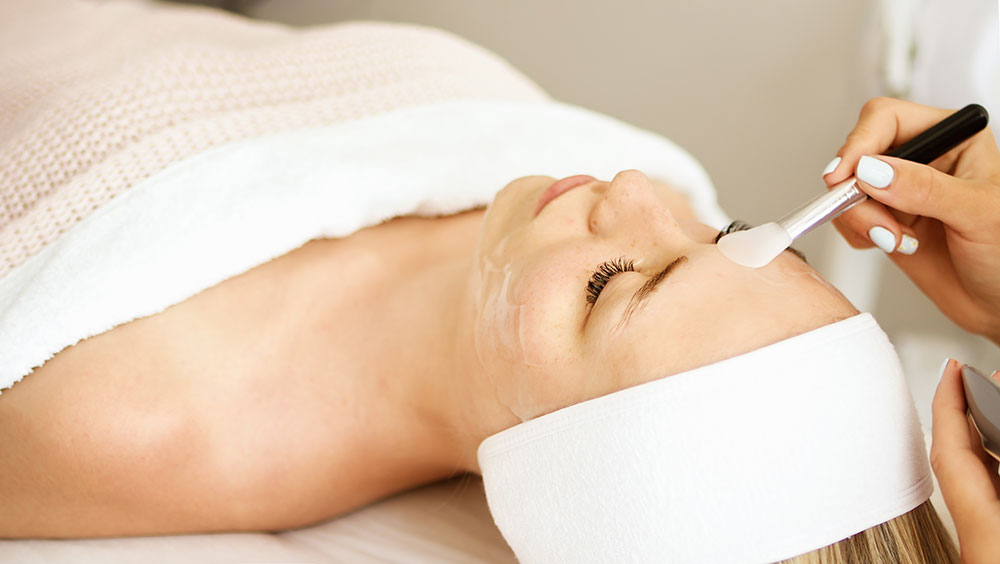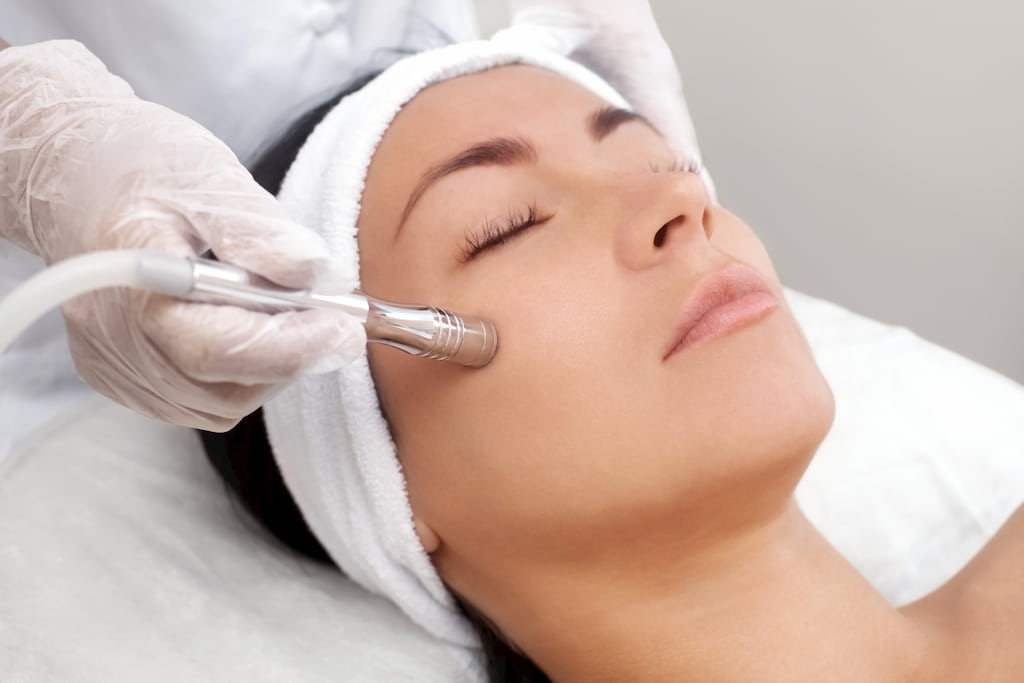As skincare trends and technologies continue to evolve, so do the treatments available to improve the look and feel of your skin. Two of the most popular treatments today are microdermabrasion and chemical peels.
Used together or independently, these treatments can deliver great results for the health and appearance of your skin. In this blog, we’ll explore the benefits of microdermabrasion and chemical peels and how you can use them to improve your skin.
The Difference Between Microdermabrasion and Chemical Peel
While these two treatments look to achieve similar results, they do so in vastly different ways. When choosing between microdermabrasion and chemical peel treatments there are many factors to consider.
Many people choose to use a combination of both to most effectively get what they’re looking for! Microdermabrasion and chemical peel before and after transformations can be quite impressive.
Microdermabrasion
Microdermabrasion is a non-invasive skincare treatment wherein dead skin cells are removed from the outer layer of the skin. This is done using a small vacuum-like instrument and is most often performed by a professional. The process is akin to deep exfoliation.
Done correctly, the procedure is pain-free, very safe, and requires no downtime after treatment. Microdermabrasion is generally used to treat the following conditions:
- Hyperpigmentation
- Acne
- Fine lines
- Dry skin
- Clogged pores
- Rosacea
- Minor scars
- Uneven texture
- Uneven pigmentation
It also comes with added benefits like a glowing overall complexion and affordability. It’s a versatile treatment that’s suitable for almost everyone. To get optimal results, you will likely need at least a few treatments.
Chemical Peels

A chemical peel also targets the outer layer of your skin. Instead of suctioning it off, it uses a chemical solution to dissolve it. While microdermabrasion is pretty gentle and non-invasive, a chemical peel is more intense. It goes deeper into the skin, targeting problem areas and driving nutrients and antioxidants into the deeper layers.
There are different types and levels of chemical peels you can look into, depending on your specific skin needs. This means you can work with your dermatologist to create a customized plan for you and your skin. The results of a chemical peel also tend to last longer than microdermabrasion – usually about one to two months.
Chemical peels are most often used to treat the following conditions:
- Acne
- Crow’s feet
- Fine lines
- Sagging skin
- Blemishes
- Wrinkles
- Scars
- Hyperpigmentation
- Melasma
While a chemical peel offers more intense, targeted, and longer-lasting results, the procedure is usually a little uncomfortable. It also tends to be more expensive than microdermabrasion and requires some downtime for healing. Your face may continue peeling for several days.
Using Microdermabrasion and Chemical Peel Together
Many people wonder about the difference between microdermabrasion and chemical peel treatments since their goals are so similar. If you’re trying to choose between the two, there are a few things you should think about:
- Skin type
- Sensitivity level
- Skin concerns/issues/ conditions and their severity level
- Pain tolerance
- Desired recovery time
- Budget
Both treatments come with many benefits and offer fantastic results regardless of what you choose. If you want to maximize your results and enjoy the benefits of both, however, it’s possible to combine them for the ultimate skincare experience. When these treatments are done together, they complement each other and the results of each are enhanced and longer-lasting.
If you opt for both, microdermabrasion comes first. This gets the outer layer of dead, unhealthy skin cells out of the way. Then, the chemical peel comes in to deliver its healing acids and antioxidants even deeper into your skin’s layers. By first removing the outer layer through microdermabrasion, the chemical peel becomes more powerful and effective. You’ll experience exfoliation like never before and your skin will be absolutely glowing afterward.
While both of these treatments are generally safe, there are some risks and side effects involved, especially with the chemical peels. This means that they won’t be suitable for everyone.
Those with the following conditions or concerns should most likely avoid one or both treatments. If you’re at all unsure, always speak with your doctor or consult a professional:
- Chemical peels are better for those with active acne as microdermabrasion can further irritate the affected areas
- Those with psoriasis or eczema or similar skin conditions should avoid both treatments
- If your skin is currently sunburnt, you should wait until it heals
At Home Microdermabrasion and Chemical Peels
While it’s always recommended to get professional, in-office treatments for best results, there are at-home options available.
At-Home Microdermabrasion
There are a plethora of microdermabrasion devices to choose from, and not all are made equal. There are a few things to keep in mind when shopping for a device:
- Look for good-quality materials
- It should have powerful enough suction to get the job done
- Ideally, multiple tips should be included for versatile treatment
- A comfortable, ergonomic handle makes for a better experience
Keep in mind that even if you get a top-notch device, results will never be as good or as long-lasting as from an in-office treatment.
At-Home Chemical Peel
While at-home chemical peels exist, they are nowhere near the same level as a professional treatment. Usually, at-home chemical peels come in the form of a glycolic peel. These are certainly good for your skin and will achieve a nice exfoliation effect. However, they are not as effective at renewing skin texture, reducing wrinkles, addressing hyperpigmentation, etc.
Working with a professional, they’ll also be able to tell you exactly what your skin needs in terms of strength and depth. If you’re in need of a deep, maximum-strength chemical peel then the at-home treatments may offer you very little benefit.
Improve Your Skin Fast With Microdermabrasion and Chemical Peel Treatments
Individually, these innovative treatments do wonders for your skin. Together, they offer even better, more powerful results that last. While chemical peels are intense and a little more invasive, both treatments are safe, healthy, and suitable for most skin types.
The risk is low, side effects are minimal, and the payoff of healthy, glowing, youthful skin is worth the effort. Dip your toes with a single treatment, or go all in with a personalized plan. Either way, you’re sure to leave happy.







